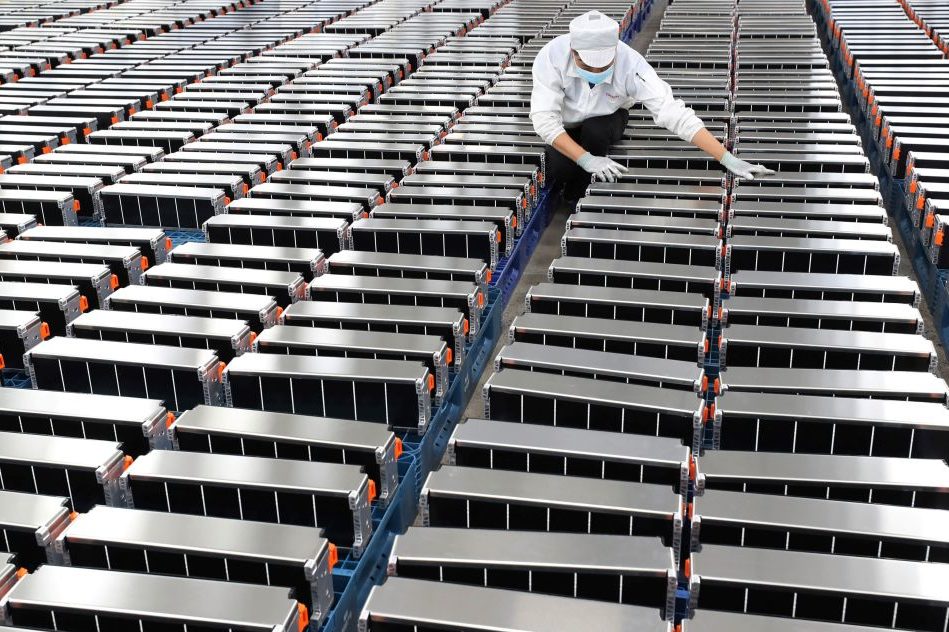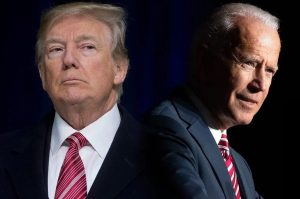Before the Industrial Revolution, all manufacturing was local as transportation costs were prohibitively high, unless the goods could be shipped by water. Every town had its own cobbler to make shoes, for instance.
With the coming of the railroads in the mid-19th century, national markets could develop. A shoe factory in Worcester, Massachusetts, could now be competitive everywhere. This led to vast economies of scale, bringing down the price of goods and thus increasing the demand for them.
After World War Two, global trade increased by orders of magnitude, thanks to both the great lowering of tariffs and other trade restrictions and to the invention of the shipping container. The latter greatly reduced the cost of ‘breaking bulk’, where goods are transferred from one form of transportation, such as a truck, to another, such as a ship. The shipping container also virtually eliminated what had been the very costly problem of dockside pilferage.
Today the world economy is integrated to an extent almost unimaginable a hundred years ago. Not long ago I gave a talk on international trade and that morning I noted where each article of clothing I was wearing had been manufactured. They came from eight different countries.
With the great lowering in shipping costs, comparative advantage could increasingly dictate where goods were produced. Clothing manufacturing, for instance, is labor intensive but capital disintensive. So clothing is now largely produced in countries such as Bangladesh and Vietnam, where wages are low and capital scarce. New York’s famous garment district no longer makes many garments. Indeed, New York City, one of the great manufacturing cities of the world as recently as 1950, no longer is one.
But the development of global supply chains has created new problems. To address them, the Biden administration has produced an important new report with the less-than-snappy title of ‘Building Resilient Supply Chains, Revitalizing American Manufacturing, and Fostering Broad-based Growth.’
The natural resources needed to produce and manufacture goods are not evenly distributed across the globe. Consider cobalt, for instance, a metal used to make steel more corrosion resistant and to produce industrial magnets. It is needed to produce rechargeable batteries, whose use is expanding rapidly. But 63 percent of the world’s cobalt supply comes from the Democratic Republic of the Congo, an unstable country. Should a political crisis develop there, as they have so often in the past, cobalt shortages would very quickly follow.
The United States does not have much in the way of proven reserves of cobalt, but fortunately Canada is much better endowed.
Lithium consumption has been increasing rapidly in recent years, as electric cars have increased in number and lithium is needed in large amounts for the batteries. But, again, lithium resources are confined mostly to Australia, China, and the so-called ‘lithium triangle’ in Chile, Argentina and Bolivia.
Rare earths are vital for many electronic applications and have many high-tech military uses as well. And while they are not particularly rare, they are usually found only in low concentrations, making production expensive.
China currently produces about 85 percent of the world’s rare earths, with Australia producing most of the rest. China tried to limit rare earth exports in 2010, but the World Trade Organization ruled that it could not do so in 2015. Still, few think that China in a crisis would hesitate to use its dominance in rare earths for strategic purposes.
Most semiconductors, used in vast numbers in modern electronics, are imported.
For these reasons, Biden ordered the report and it is a blueprint for a commission to be headed by the various cabinet secretaries, to assess the robustness of global supply chains and local production capacity. Four types of products where the United States currently relies mostly on imports are of particular concern: semiconductors, high-capacity batteries, pharmaceuticals and their active ingredients and critical and strategic materials.
Great powers, such as the United States, need to be able to produce strategically important products within their own borders to assure their own security and to be able to project power when needed. The report and the task force it outlines are important steps in the right direction.


















